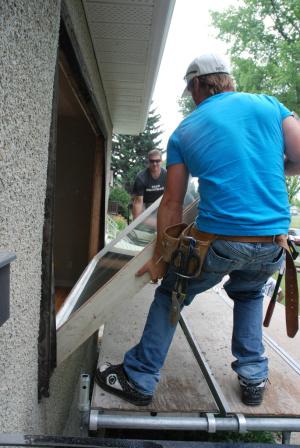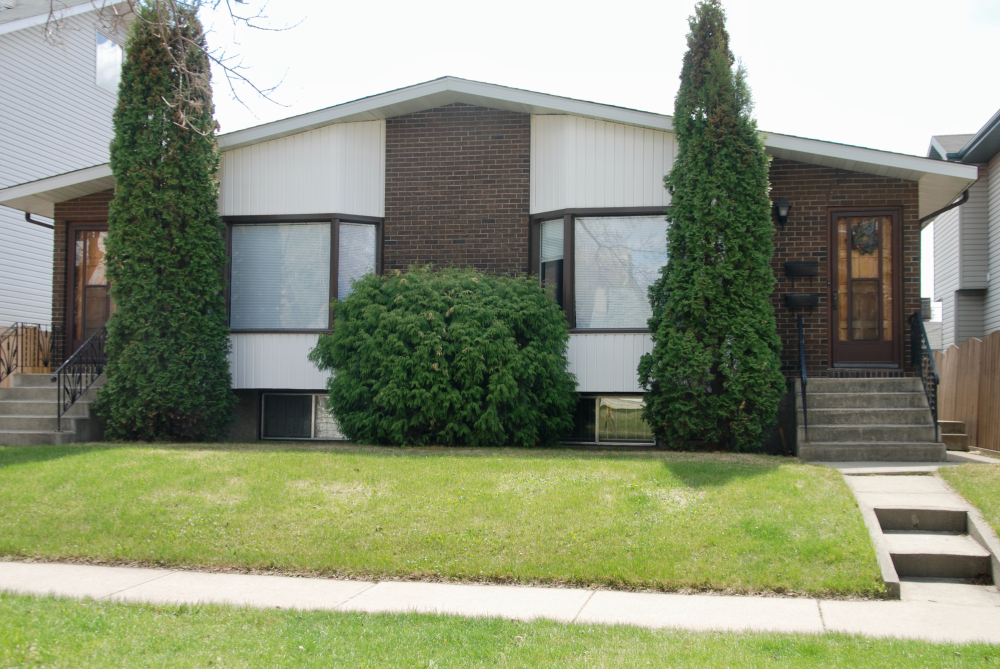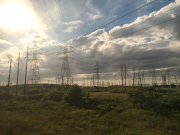This article appeared in the Hill Times on July 7, 2022.
In May, Quebec and Ontario, Canada’s two largest provinces, experienced an extreme spring weather event: A storm ripped through large swaths of the provinces; destroying homes, vehicles and businesses, toppling trees, leaving some without power for weeks. It tragically killed 11 people.
While Ontario Premier Doug Ford referred to this storm as a “once-in-a-lifetime” event, the evidence indicates that across the country, extreme weather is now our new normal. In the last year alone, we have seen fires that have wiped out entire towns, floods that have destroyed highways and devastated communities, and heatwaves that have hospitalized and even killed our citizens. And this was just in Canada.
We need to move beyond simply ‘building back better’ after these events strike and instead look at ways to make our cities and towns more resilient to the changing climate and corresponding economic realities.
National Adaptation Strategy
Earlier in May, Environment Minister Steven Guilbeault announced that public consultation would begin on Canada’s first ever National Adaptation Strategy, which aims to “advance a shared vision for climate resilience in Canada.” Provinces like British Columbia are also doing important work on this front.
We believe federal and provincial governments could make the biggest impact by making a major investment in improving Canada’s existing housing stock. This could be accomplished by providing funding and incentives to renovate a third of our country’s buildings to net-zero emissions by 2030, and developing a plan for the remaining stock to meet a 100 per cent net-zero target before 2050.
 Replacing old furnaces with efficient heat pumps can both capture heat and provide cooling. Replacing windows, adding insulation and bringing in more fresh air also makes residents safer and more comfortable as we face increasingly frequent heat waves and polar vortexes. The building sector is the third largest contributor to carbon pollution in Canada. Heating is a major contributor to that; over half of the energy used for space heating and air-cooling comes from burning fossil fuels.
Replacing old furnaces with efficient heat pumps can both capture heat and provide cooling. Replacing windows, adding insulation and bringing in more fresh air also makes residents safer and more comfortable as we face increasingly frequent heat waves and polar vortexes. The building sector is the third largest contributor to carbon pollution in Canada. Heating is a major contributor to that; over half of the energy used for space heating and air-cooling comes from burning fossil fuels.
These renovations have the potential to reduce energy costs and lower emissions, improve the health of residents and create thousands of well-paying jobs. They also have the potential to make our housing stock more resistant to the effects of climate change.
We know that most Canadians are supportive of housing retrofits. A 2019 Abacus poll indicated that three quarters of Canadians support, or at least can accept, that the government must “require all existing buildings and homes to switch their fuel source for heating off oil, gas or propane by 2040.”
Financial supports needed
While the federal government and some provincial governments provide some grants and incentives for these renovations, they cover a fraction of what it actually costs to make an existing building meet net-zero standards. This puts these essential retrofits out of reach for all but the wealthiest of Canadians.
Heating costs continue to rise alongside housing costs, making the cost of living for many Canadians increasingly untenable, especially those living in drafty subpar housing. About 20 per cent of Canadian households experience ‘energy poverty’ due to the high cost of heat and light for their homes. Without intervention, costs will continue to rise if we continue to rely on fossil fuels to power inefficient homes.
We believe that as carbon and health benefits increase, so should the grants that cover them. The cost of retrofits should be fully covered for low-income households.
The Pembina Institute estimates that investments of about $13-billion a year between now and 2030 are needed for the residential sector to meet climate targets.
Federal and provincial subsidies of $3.5-billion to $7-billion a year toward that total will be necessary to ramp up demand—significantly more than the $2.6-billion over seven years committed to in 2020.
New business models may also need to be explored to ensure effective funding from all levels of government can be coordinated to support deep retrofit projects for a wide range of building and housing types.
Opportunities for skills training
Some part of that federal funding should go towards developing the skills and training needed to supply, sell, install and service these low-carbon heating systems.
These investments are significant and will create benefits from coast to coast to coast, creating over 125,000 jobs in technology, skilled trades, construction and manufacturing.
We estimate these investments could increase our GDP by $265-million and reduce building-sector carbon emissions by 34 per cent without adding additional loads to the grid—an opportunity to help keep costs down for lower income Canadians, even as energy costs increase.
Some will say that $13-billion a year just on buildings between now and 2030 is too much to spend on reaching our net zero goals, but consider a recent study that found that without intervention the cumulative cost of climate change for Canada could reach $5.5-trillion by the end of the century.
With a potential bill like that hanging over our heads, how can we afford not to act now?
Martin Luymes is vice-president, government and stakeholder relations at Heating, Refrigeration and Air Conditioning Institute of Canada. Jay Nordenstrom is executive director of NAIMA Canada, representing mineral fibre insulation manufacturers. Tom-Pierre Frappé-Sénéclauze is director of buildings and urban solutions at the Pembina Institute.







